Figurative Language
To truly understand English, you must have some knowledge of the most common types of figurative language.
What does figurative mean?
Figurative means that words are used in a way that is different from the usual meaning. That way the description is more interesting or impressive. Figurative language creates a picture in your mind.
| For example:He is about to explode!
We do not mean to say that the man will actually explode. We only want to say that he is extremely angry. So we use the verb “explode” in a figurativeway. In other words, we use a word that usually describes something else. That way the description is more interesting. It creates a certain picture in the mind. |
 |
The opposite of figurative is literal
Literal means that you mean what you say exactly.
| For example:He is about to explode!
Here we do mean to say that the man will actually explode. The man holds fireworks, and it looks dangerous enough to explode. So here we use the verb “explode” in a literal way. In other words, we use the usual meaning of the word. |
 |
Figurative comes from the word figure (also figure of speech).
- A figure of speech is a word or phrase used in a different way from its usual meaning in order to express a particular meaning.In the about example, “explode” is a figure of speech.
Literal comes from the Latin word littera, which means “letter.”
Jump to:
To get a better understanding of figurative language, let’s look at some common figurative sayings:
This is an example of figurative language.
This sentence does not mean that Sam is actually an animal.
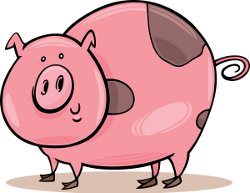
This sentence is a figure of speech meaning that Sam is very messy and does not have good manners.

“Beth let the cat out of the bag
about Lisa’s surprise party.”
This is another example of figurative language.
This sentence does not mean that Beth had a cat in a bag and let it out.

Native English speakers understand this sentence is figurative language meaning that Beth told Lisa the secret about the surprise party.
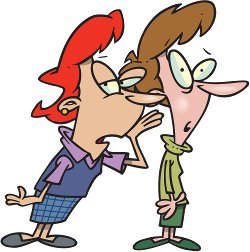
Figurative or Literal
To truly understand figurative language, you must first understand the terms “figurative” and “literal.”
Literal
If a statement is “literal” it is true. You can believe every word. When you say something “literally,” you mean exactly what you say.
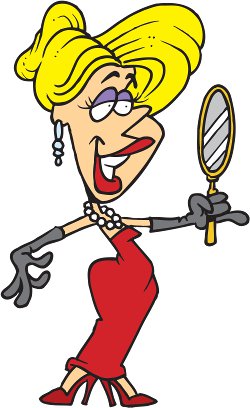
This is a literal statement because the writer thinks the lady looks beautiful. The writer is simply stating that she looks beautiful.

This is a literal statement. The writer means that the man is big and strong.
These statements are literal and can sometimes be boring! To add interest, writers often write in a figurative way.
Figurative
“Figurative” is the opposite of “literal.” You do not believe a figurative statement word for word. When you say something “figuratively,” you are usually making a comparison to give a description or make a point.

This is a figurative statement, because a person can’t really look exactly like money. The statement means that she is well dressed and looks beautiful.

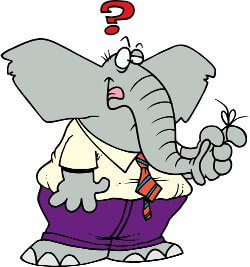
This is also a figurative statement because a person cannot be as big as an elephant. The statement means he is very large. The writer compares the man to an elephant to help the reader visualize the large, strong man!
Continue reading this article on Really Learn English

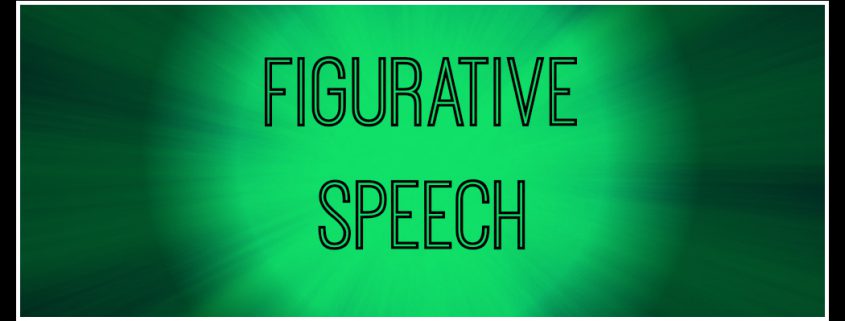
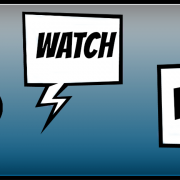
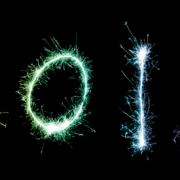
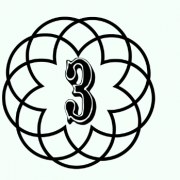



Dear Riham,
Greetings!
You have described “figurative speech” in more easy and convenient way. Anybody can understand your way of expressing the ideas. Obviously, this is great. I love this way of expression.
with warmest wishes
Kaisar